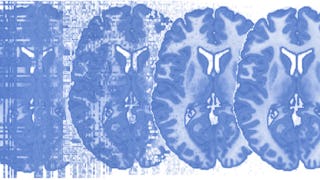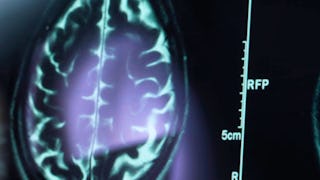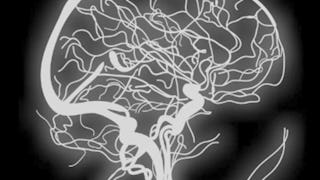Welcome! In this course learners will develop expertise in basic magnetic resonance imaging (MRI) physics and principles and gain knowledge of many different data acquisition strategies in MRI. In particular, learners will get to know what is magnetic resonance phenomenon, how magnetic resonance signals are generated, how an image can be formulated using MRI, how soft tissue contrast can change with imaging parameters. Also introduced will be MR imaging sequences of spin echo, gradient echo, fast spin echo, echo planar imaging, inversion recovery, etc.

Enjoy unlimited growth with a year of Coursera Plus for $199 (regularly $399). Save now.

(465 reviews)
Skills you'll gain
Details to know

Add to your LinkedIn profile
6 assignments
See how employees at top companies are mastering in-demand skills

There are 6 modules in this course
Welcome! This first week you will be introduced to the course and key principles of mri. You will learn what is mri and the major components of mri.
What's included
2 videos1 assignment
This week, you will explore what is magnetic resonance phenomeon. We will also guide you to what is relaxation and how RF apply to cause magnetic resonance.
What's included
4 videos1 assignment
In this module, you will learn signal processing theory. You will be exposed to the most important concepts in mri which contain fourier transform and nyquist sampling therom.
What's included
5 videos1 assignment
In lecture 4, we will expose you to how to sequence gradient pulses to get an mr image. You will also learn about sequence gradient pulses which include slice selection, frequency encoding and phase encoding.
What's included
5 videos1 assignment
In this week, learners will get to know how soft tissue contrast can change with imaging parameters. We will also guide you what is field of view and how to measure resolution.
What's included
5 videos1 assignment
In this module, you will learn about mri data acquisition strategies. Also, you will be exposed to MR imaging sequences of spin echo, gradient echo, fast spin echo, echo planar imaging, and inversion recovery.
What's included
5 videos1 assignment
Instructor

Explore more from Research
 Status: Free Trial
Status: Free TrialJohns Hopkins University

Yale University
 Status: Free Trial
Status: Free TrialJohns Hopkins University
 Status: Free Trial
Status: Free TrialJohns Hopkins University
Why people choose Coursera for their career




Learner reviews
465 reviews
- 5 stars
67.09%
- 4 stars
22.58%
- 3 stars
6.45%
- 2 stars
2.36%
- 1 star
1.50%
Showing 3 of 465
Reviewed on Oct 16, 2020
provides good knowledge of MRI function. this is not a fundamental course this is a bit advanced. good knowledge of calculus is needed
Reviewed on Aug 19, 2022
I got knowlede which help me in my career and also imrove my resume to stand out from crowd.It really helped me.
Reviewed on Apr 21, 2020
It was highly informative and useful. It has strengthened my fundamentals of MRI. Great work by Prof. Park
Frequently asked questions
To access the course materials, assignments and to earn a Certificate, you will need to purchase the Certificate experience when you enroll in a course. You can try a Free Trial instead, or apply for Financial Aid. The course may offer 'Full Course, No Certificate' instead. This option lets you see all course materials, submit required assessments, and get a final grade. This also means that you will not be able to purchase a Certificate experience.
When you purchase a Certificate you get access to all course materials, including graded assignments. Upon completing the course, your electronic Certificate will be added to your Accomplishments page - from there, you can print your Certificate or add it to your LinkedIn profile.
Yes. In select learning programs, you can apply for financial aid or a scholarship if you can’t afford the enrollment fee. If fin aid or scholarship is available for your learning program selection, you’ll find a link to apply on the description page.
More questions
Financial aid available,





